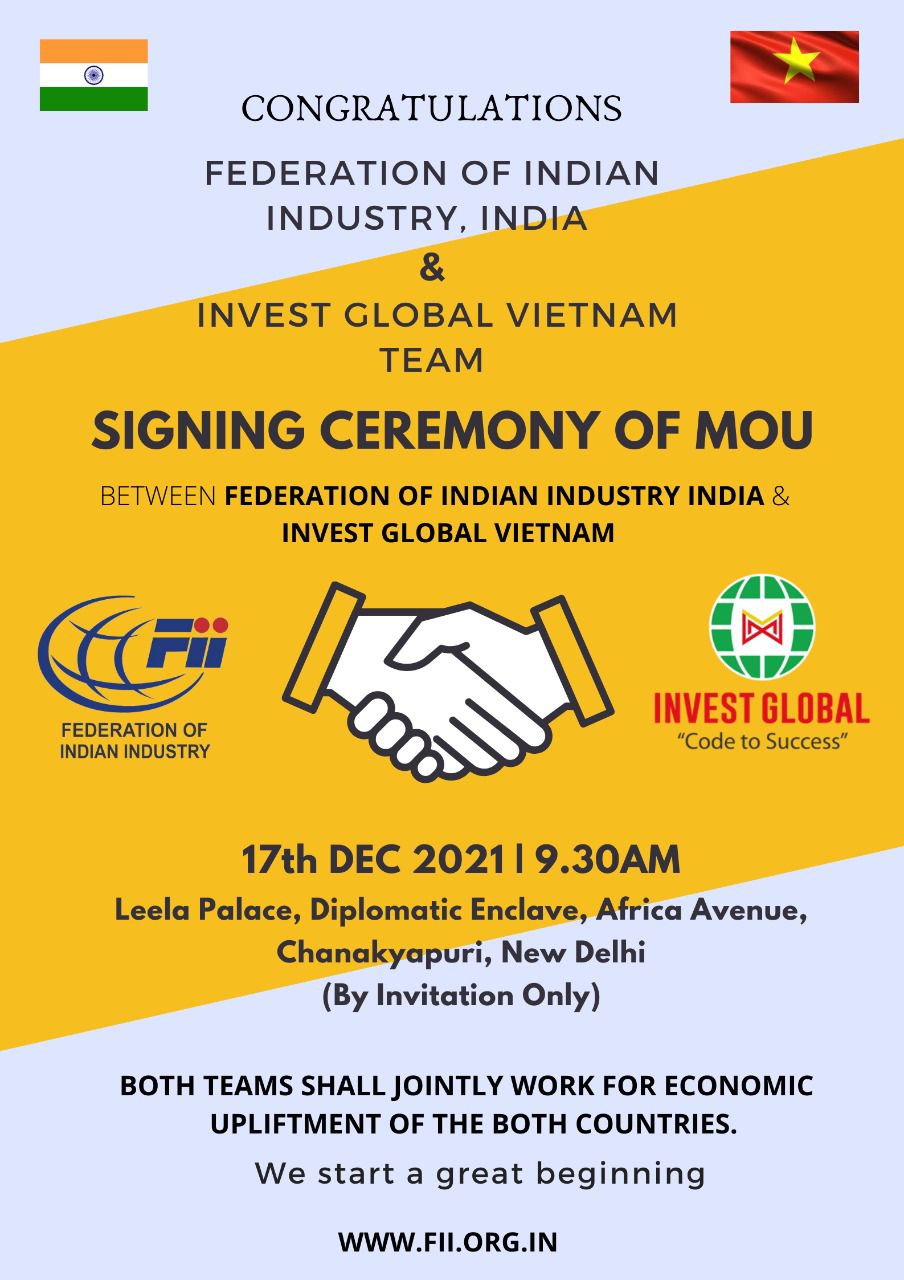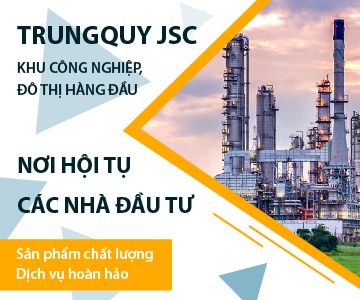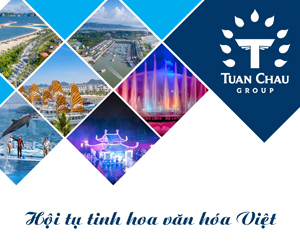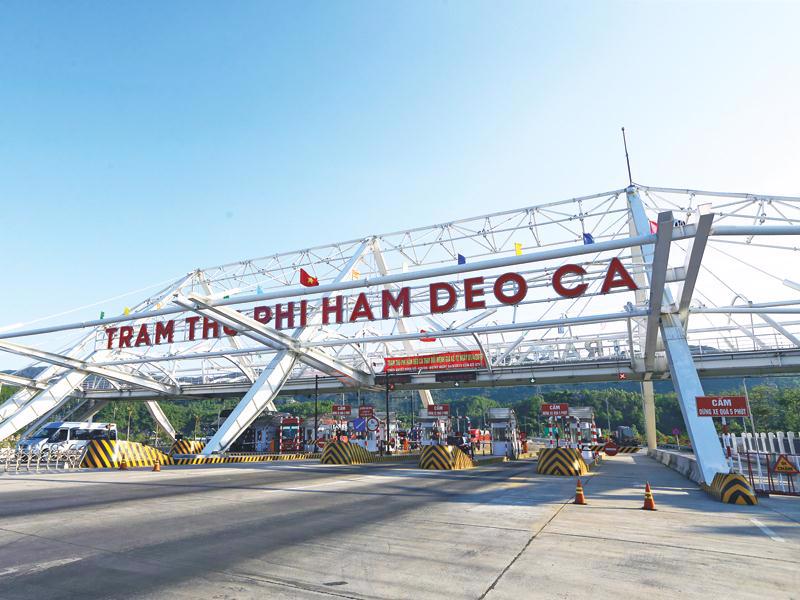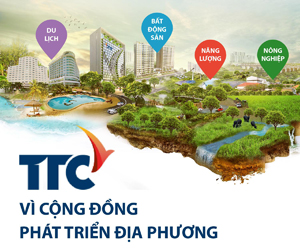INTERNATIONAL INVESTMENT
AND PORTAL
As a logistics company with many years of international operations, we realise that these barriers not only increase trade costs, but also threaten the efficiency and stability of the supply chain, especially in areas such as logistics, shipping and port operations.
 Chu Kieu Lien, office manager in Hanoi T&M Forwarding
Chu Kieu Lien, office manager in Hanoi T&M Forwarding
Specifically, non-tariff barriers (NTBs) are significantly increasing operating costs. Quality control requirements, labelling that is complex or inconsistent across markets require businesses to invest more in internal control systems, personnel, and documentation.
Supply chains are disrupted by lengthy inspection procedures, ranging from plant and animal quarantine, to cargo security requirements at ports or lengthy customs clearance processes in some countries. Delayed cargo release directly affects vessel schedules, port productivity, and logistics service reliability.
Environmental and greenhouse gas emissions regulations are also adding another layer of barriers, forcing shipping companies to invest in fleet upgrades, fuel switching, or carbon credits, while not all businesses have the financial or technological capacity to meet them.
Regarding technical regulations and quality standards, many markets require products to comply with specific technical standards. This creates great pressure to standardise and classify goods, requiring logistics to distribute according to each specific market standard.
In terms of sanitary and quarantine barriers for food, agricultural products, or biological products, strict quarantine requirements at import ports are causing congestion, increasing storage costs, incurring container storage fees, and even leading to losses if goods are returned or destroyed.
Moreover, many countries apply cumbersome administrative procedures that are not fully digitised, leading to overlap, lack of transparency, and informal costs. The lack of system integration among countries in the ASEAN region or ports makes international logistics even more time-consuming and resource-intensive.
Some countries require a high level of localisation in the provision of logistics services such as using a fleet of vehicles or ships of the importing country’s nationality which limits foreign businesses in deploying cross-border services, increasing costs and reducing the effectiveness of global connectivity.
For ASEAN countries, of which Vietnam is one of the 15 countries with the largest trade flows in the world, NTBs have been creating clear negative impacts on the operational efficiency and competitiveness of logistics, transportation, and trade enterprises.
They increased logistics and compliance costs. Barriers such as technical standards, quarantine, specific document requirements, or specialised inspection procedures force businesses to increase investment in quality control department, legal department to monitor and update regulations continuously. They also incur costs for inspection, certification, storage, and container storage at ports or border gates.
According to a report by the Vietnam Logistics Service Business Association, logistics costs still account for about 16.8–17 per cent of GDP, much higher than the global average of about 10.6 per cent, partly due to hidden costs from procedures and NTBs.
Vietnam and many ASEAN countries are still in the process of customs modernisation; the lack of synchronisation between specialised management agencies means that businesses often have to work with many different agencies for the same shipment.
Small and medium-size enterprises in ASEAN, which account for a large proportion, face difficulties in accessing information, understanding and complying with NTBs, leading to lost export opportunities or being excluded from global supply chains.
On the macro aspect, NTBs make intra-ASEAN trade costs higher than expected, slowing down the process of regional economic integration, and reducing competitive advantages compared to other regions such as the EU or North America where standardisation is high and customs clearance procedures are more convenient.
For instance, many businesses exporting agricultural and aquatic products are often stuck due to quarantine requirements, chemical residue testing, and traceability records; meanwhile the time containers can stay at ports is limited.
NTBs, although soft protectionist in nature, are creating great and persistent pressure on the global supply chain, of which logistics and maritime transport are most directly affected.
With a strong export-oriented economy like Vietnam, this is a problem that requires a comprehensive solution, including institutional reform, simplification of customs procedures, investing in digitalisation, connecting inspection systems among ASEAN countries, and improving compliance capacity of businesses to access high-standard markets.
To respond, the business community needs to strengthen coordination with the government and industry associations to encourage trade facilitation efforts. They should also invest in digital technology, traceability systems, and data standardisation to meet information inspection and transparency requirements, while updating international policies as well as diversifying markets and shipping routes to minimise risks from sudden barriers.
 Soothing non-tariff barriers to improve regional trade
Soothing non-tariff barriers to improve regional trade
Businesses today face growing challenges, geopolitical uncertainty, new tariffs, rising competition, and associated impacts on consumer confidence. While we cannot always control these global headwinds, we can make better use of the frameworks already in place, our free trade agreements, consultation mechanisms, trade norms, and international regulations, and we must continue to improve what remains within our reach.
 Navigating non-tariff hurdles to aid regional funding
Navigating non-tariff hurdles to aid regional funding
As ASEAN integrates further, non-tariff barriers pose persistent challenges, becoming strategic factors shaping investment, supply chains, and growth. Doan Vu Hoai Nam, senior associate at ASL Law, talked with VIR’s Oanh Do about how firms invest, structure supply chains, and expand, going beyond administrative hurdles.
